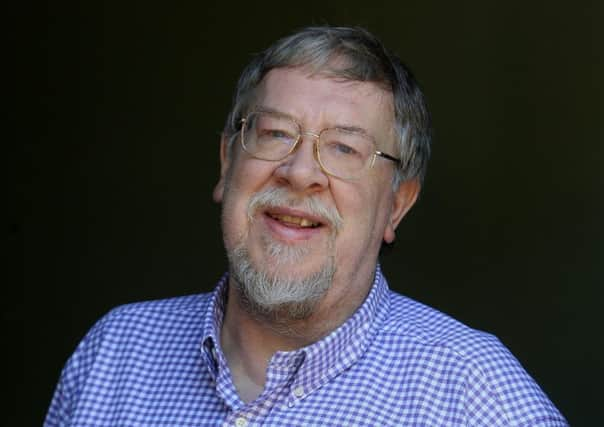Book review: Glasgow - A History of the City, by Michael Fry


Fry stood as a Conservative candidate for Maryhill in 1999. Despite being both from Edinburgh and a Tory, he managed not to lose his deposit. He has subsequently transferred his allegiance to the independence movement, and the book begins with a very pertinent and difficult question. As he says “On September 18, 2014, as the nation affirmed a British commitment, Glasgow rejected it. We are surely owed an explanation.” Indeed – especially as Glasgow, through its Tobacco Lords and Sugar Barons, had been the chief beneficiary of the Union, and had, for decades, been to all extents and purposes a bailiwick for the Labour Party, who had campaigned for No.
Whereas Fry’s book on Edinburgh was organised chronologically, this book is structured around themes – trade, industry, religion, class, poverty, womanhood, patricians, plebeians, image and imagination. There is something about Glasgow which resists chronology: it is a city of endless reinvention. It is also a city with a certain degree of schizophrenia, which Fry shows with elegance. Daniel Defoe would refer to it as “indeed, a very fine city; the four principal streets are the fairest for breadth, and the finest built that I have ever seen in one city together”; William McIlvanney would call it “the city of the stare” with all the menace that implied. It is at once the Burrell Collection and Taggart. Perhaps the best thing about Fry’s version of Glasgow – 159 other versions, he informs us, already exist – is it does not rely on the couthy. I remember being told, as a child – as a Borderer I have no dog in the fight between the East and West – that if only the jovial but fighty people of Glasgow could have the architecture of Edinburgh and vice versa, the world would be a better place.
Advertisement
Hide AdThe first two chapters are very good indeed, showing how the nexus of commerce shaped what Glasgow would become. Fry is excellent on, for example, the failure of the Scottish car industry, and the impacts that would have on subsidiary but essential manufacturing – from steel to textiles. It is, and I here declare an interest – a slight disappointment that the Singer factory gets no mention. My father worked there as a young graduate, when the plant had its own railway system and every part of the machine, down to the tiniest screw, was made in-house. Not one brick stands on another where the site was. The heroism of the shipyards often overlooks the other industries in Glasgow, though, to Fry’s credit, he remarks on Catherine Cranston’s Tea Rooms as the first flowering of Glasgow’s pleasure, retail, fashion and flash economies.
The chapter on image is probably the best, and Fry is a keen-eyed guide to how the city’s architecture is so important – most significantly in terms not of public buildings but the problems with housing. (Some readers may disagree with his analysis of private versus public ownership, but his querying of the endemic corruption of the “one-city Socialist state” ought to be read and considered carefully). The cultural history chapters are spruce and spry, but occasionally light on detail. Of course, one has to mention Tom Leonard, Liz Lochhead, James Kelman and Alasdair Gray, but Fry is diligent in mentioning Gordon Williams, Archie Hind and a footnote nod to Alan Spence, perhaps the first novelist to interrogate sectarianism. Had the book been longer, I would have hoped to see mention of the likes of Frank Kuppner and Cliff Hanley.
The problem with cultural history is there is a lot of it. Similarly, the chapter dealing with art does due diligence to the Glasgow Boys, Eardley, Campbell, Howson et al, but does not address the remarkable – if sometimes bemusing – success of alumni of Glasgow School of Art in the Turner Prize. Even in the chapter on religion, which is thorough and precise, there is a slight flinch: we get Pope John Paul II in Bellahouston Park but not Pastor Jack Glass’s opposition to it. I have no love whatsoever for the bigoted firebrand, but he was, unfortunately, part of the story.
Given his conversion to independence, Fry is at his most piercing over to the failure of the Labour Party. Fry’s “stare” at nepotism, at philanthropy, at the dole and the donor, ought to be read by people whatever their shade of political opinion. It is, in some ways, more a work of polemic, with Glasgow the Patient Zero he is trying to understand: that left, right, vulgar, cultured, blootered, teetotal city.
*Glasgow: A History Of The City by Michael Fry, Head of Zeus, £25